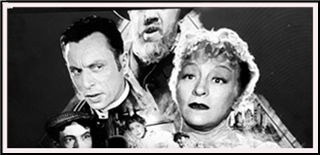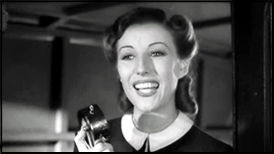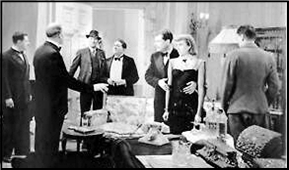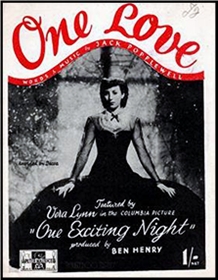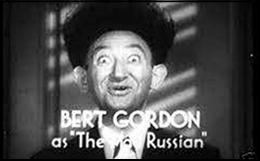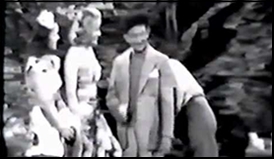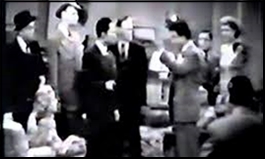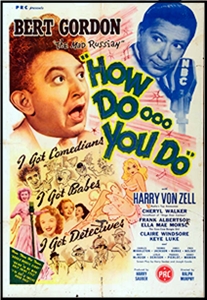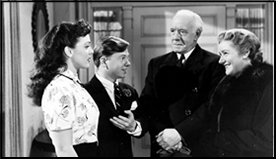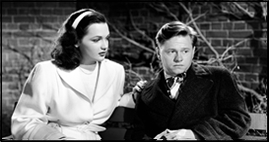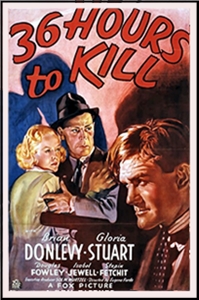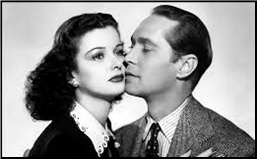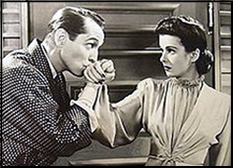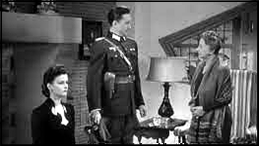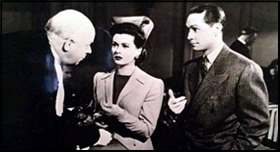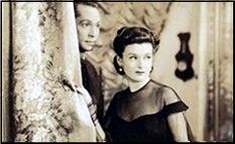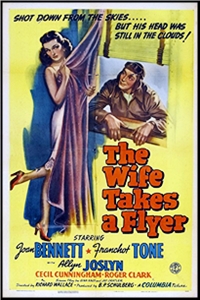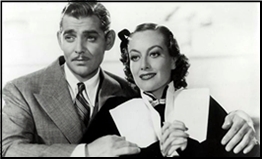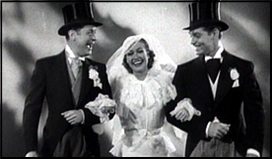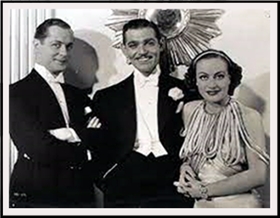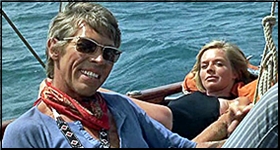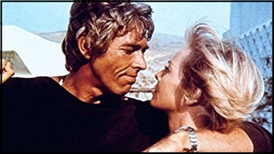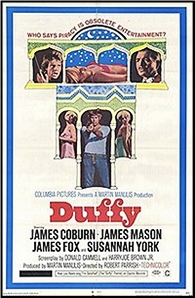Wed 2 Feb 2022
A Movie Review by Dan Stumpf: BIZARRE, BIZARRE (1937).
Posted by Steve under Films: Comedy/Musicals , Reviews[5] Comments
BIZARRE, BIZARRE. Pathé Consortium Cinéma, France, 1937, originally released as Drôle de drame. Françoise Rosay, Michel Simon, Louis Jouet, Jean-Pierre Aumont, Nadine Vogel, and Jean-Louis Barrault. Screenplay by Jacques Prévert and Marcel Carné, from the novel by J. Storer Clouston. Directed by Marcel Carné.
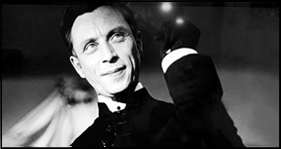
A fun and funny farce in the tradition of Arsenic and Old Lace or The Trouble with Harry — both of which it predates.
DRAMATIS PERSONAE:
Molyneux (Michele Simon) a meek botanist who secretly augments his income by writing crime stories under the name Felix Chapel. First seen at a public lecture given by his cousin,
Bishop Soper, the most sinister churchman since Claude Frollo, who inveighs against writers of crime novels in general and Felix Chapel in particular.
Also at the lecture is:
William Krantz, a serial killer known as “The butcher of butchers†who vows to hunt down and kill Felix Chapel.
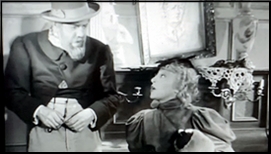
Soper invites himself to dinner at Molyneux’s. Distraught, Molyneux goes home to
Mme Molyneux (Françoise Rosay) his socially conscious wife, who, for reasons too farcical to recount, decides to fake a disappearance and pose as a servant, along with the remaining maid,
Eva (Nadine Vogel) who gives Molyneux all the ideas for his books, which she gets from
Billy, the story-telling milkman.
Bishop Soper grows suspicious of Mme Molyneux’ absence — particularly as the botanist’s feeble explanations fall apart — and vaults to the conclusion that Molyneux has killed her. Minutes later, the Molyneux house fills with cops, The Missus has booked, and Molyneux and the maid wisely follow suit, leaving only the imaginative milkman for the police to arrest as the botanist/writer becomes the center of a well-publicized manhunt.
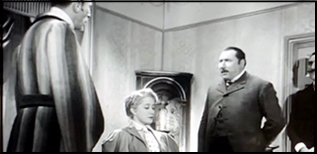
And so it goes, in the best manner of one-damn-thing-after-another: the street fills with mobs demanding blood, the house fills with screwball reporters inventing stories, Molyneux disguises himself as Felix Chapel, Krantz falls in love with Mme Molyneux, he and Chapel get drunk together, Billy seduces Eva…. Bringing Up Baby (which came out the next year) has nothing on this one!
I should add that all this is elegantly directed with Marcel Carné’s signature fluid style, sparklingly photographed by Eugen Schüfftan, who later chalked up credits like The Hustler and Eyes Without a Face.
In short, this is the veritable Mère of screwball comedy, a film of style, wit and imagination, and one not to be missed.
